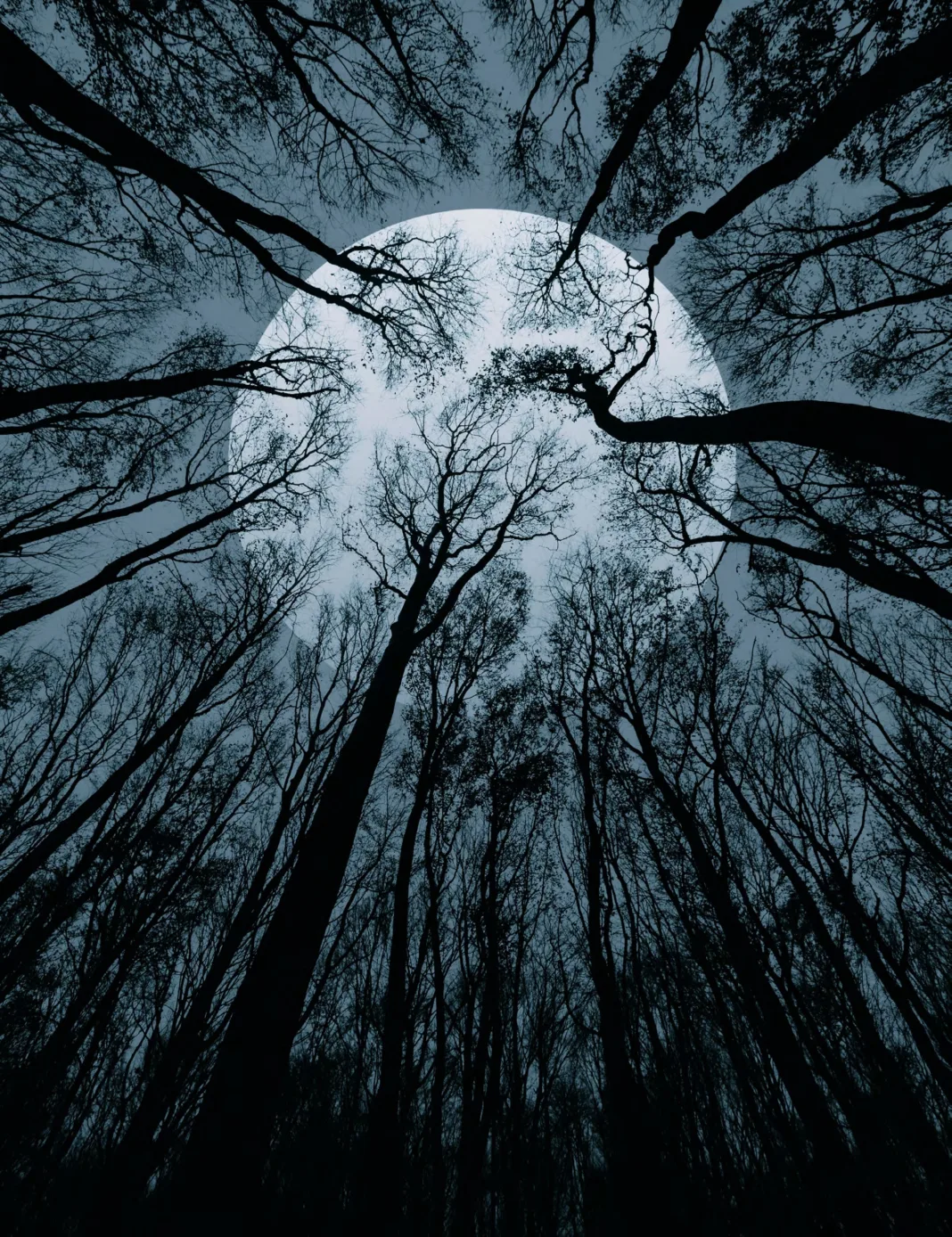Winter is a lesson in magic because it is a season of paradox. It is the time of hustle, bustle, and busyness. It’s the season of gathering and giving, of seeing family members that we rarely see and taking time to connect with friends whom we miss throughout the year. It’s the season of school concerts and office parties and frenetic baking in the kitchen and grabbing last-minute gifts.
And at the same time, winter is a season of quiet. It’s curling up by the fire with a book, watching the movements of the heavens in cold clear night air, lighting candles in the deep night hours.
And herein lie the paradoxes: Winter means returning to loved ones, but it’s also statistically the loneliest time of the year for many. Amid all the joy and merrymaking, the Yuletide holidays are known for boasting the highest suicide rate in the U.S.
For some people, depression arrives because winter is a closing—of the seasons, of the year, of another 365-day journey around the sun. But winter is also an opening: It rings in the New Year, the new journey, the new seasonal cycle. It is in winter that crass commercialism and thoughtless consumerism seem to win the day, but it is also in winter that the Wild Hunt rides through the wood, when the midnight dark is peopled with ghosts and spooks, fae and familiars. The veils may thin during those last days of October and the first days of November, but the veils seem to drop completely in the winter so that the mundane and the amazing are in constant communication.
The character of Coyote has always helped me understand the winter best—Coyote as he is known, loved, feared, and laughed at by the First Nation Tribes in the Southwest. Coyote is a trickster and troublemaker par excellence, changing his story, his mood, and the weather on a dime. Winter is Coyote season. Coyote stories are told only in winter because his fundamental nature is a liminal one, dancing along the threshold of what divides the sacred from the profane, the mundane from the magical. So too with winter.
I am about to begin teaching a yearlong class on magic with an emphasis on folk magic traditions. There are two fundamental understandings—not beliefs but understandings—that I want my students to grasp.
The first is that we live in an inspirited world. This is an old idea, one that our ancestors knew: that you and I and a rock, a tree, and a bird all possess spirit, all possess soul.
The second understanding is that the beginning of magic relies on our relationship to an inspirited creation. Relationships are hard. They can be gloriously messy. They are often paradoxical just like magic, just like winter. I think perhaps magic’s greatest teaching is an idea that the season of winter seems to curl around and re-center again and again: It is the teaching that miracles are found in the most unexpected places.
This is illustrated in many winter traditions through the emphasis on light and life emerging from the darkness. For winter is a time of long and dark days; it is the time of the great dying back, and yet it is also the season when we collectively remember the light—the light of the returning sun, of candles lit in a dark window, of tiny babies being born, taking their first lusty gulps of breath and uttering their first cries for joy against all apparent possibility, for how can life thrive in a time of death? But it can, and it does, all the time.
It seems to me that winter is a reminder that the world needs right now, a reminder that in the darkest, coldest, numbest of times and places, hope is ever present, under the surface, waiting to emerge once more. I look at the celebrations of light and life that weave through these months and I want to say even more: Hope is easiest to find in these long winter months when we should rationally least expect to see it.
What greater magic is there than hope?
Keep it close to your heart over the next cold months and share it with your loved ones, for here is another paradox: Hope, like story, increases and is strengthened in the sharing. Coyote knows this. It’s why he is standing by the pinyon fire right now, beckoning you closer, inviting you to sit down as he does a funny old-man shuffle dance … and begins to tell a tale.

































